Mushrooms
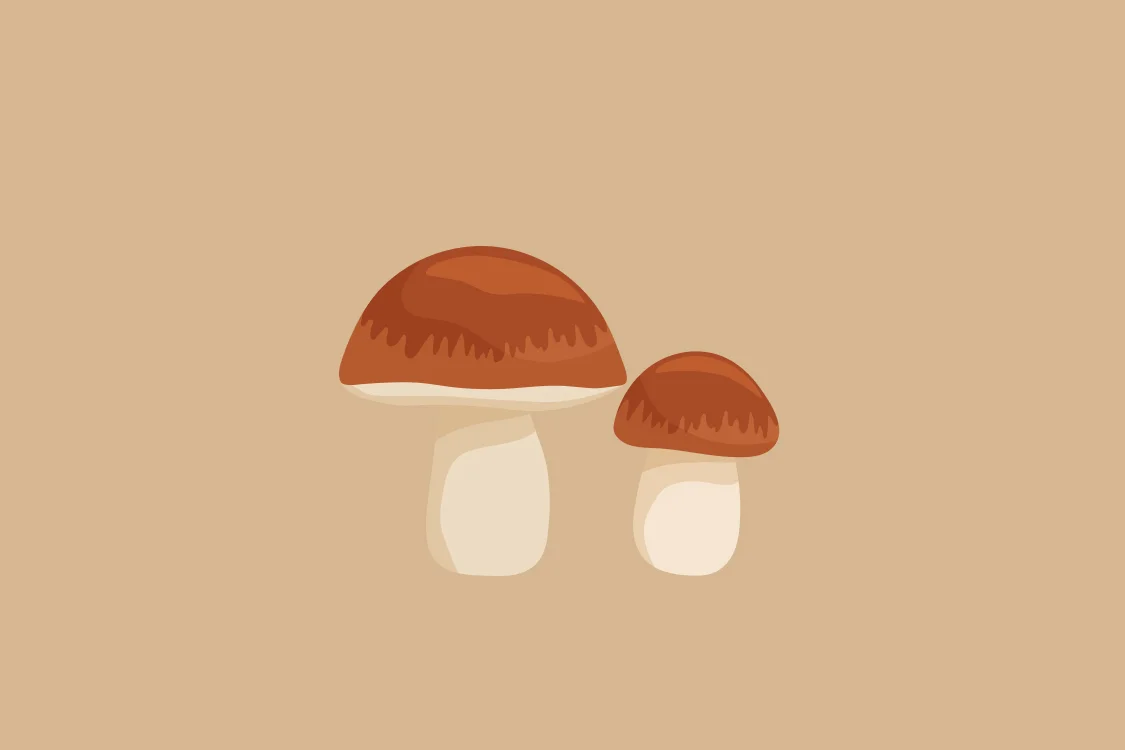
Mushrooms, such as shiitake and beech mushrooms, are familiar meal ingredients in Japan. In forests, fungi play an important role in decomposing withered wood and fallen leaves, returning them to the soil.
What If There Were No Mushrooms in the Forest?
This question can be answered by looking at coal deposits. The period from about 360 million to 300 million years ago is known as the Carboniferous Period.
During that time, massive tree ferns thrived on Earth, but fungi, which can decompose dead ferns, had not yet evolved. As a result, withered fern trunks accumulated on the ground and over millions of years formed thick coal layers.
After fungi that could decompose withered wood evolved, coal deposits stopped forming in all but a few special places. In other words, mushrooms play a vital role in decomposing dead wood, branches, and leaves, thereby returning nutrients to the soil.
Two Types of Mushrooms
Fungi, including mushrooms, can be classified into various types based on how they obtain nutrients. Two of these types are important to know. The first type is saprophytic fungi, which decompose withered wood, fallen leaves, and other organic matter to absorb nutrients.
The decomposed wood and leaves become food for soil animals like earthworms or larvae of insects like rhinoceros beetles. They also act as a soil conditioner, transforming the forest floor into healthy soft soil.
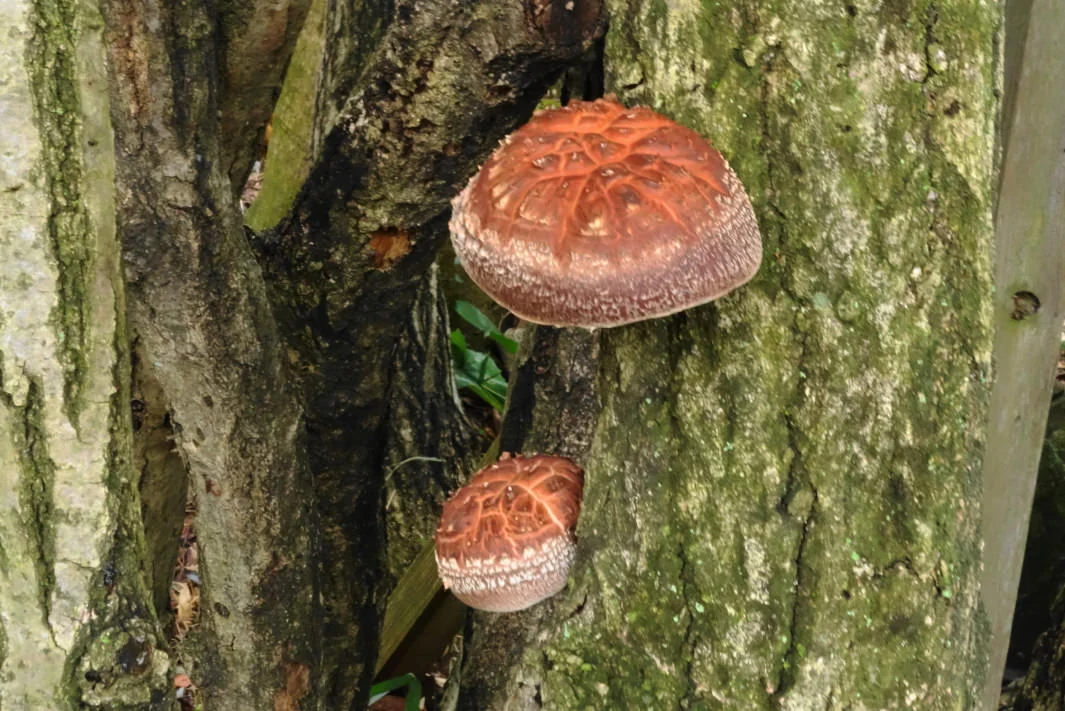
The second type is mycorrhizal fungi, which form a symbiotic relationship with the roots of living plants. These fungi have thread-like structures called hyphae that penetrate into or around living root cells, receiving sugars that the plant makes through photosynthesis. In exchange, the fungi provide the plants with water and minerals absorbed through their hyphal networks in the soil. Notable examples of mycorrhizal fungi include matsutake and hon-shimeji mushrooms.
In turn, there are two types of mycorrhizal fungi, one that does not produce mushrooms and the other that does. The former type is endomycorrhizal fungi, which penetrates the cell walls of plant roots. The latter type is ectomycorrhizal fungi, which form hyphal networks around the root cells.
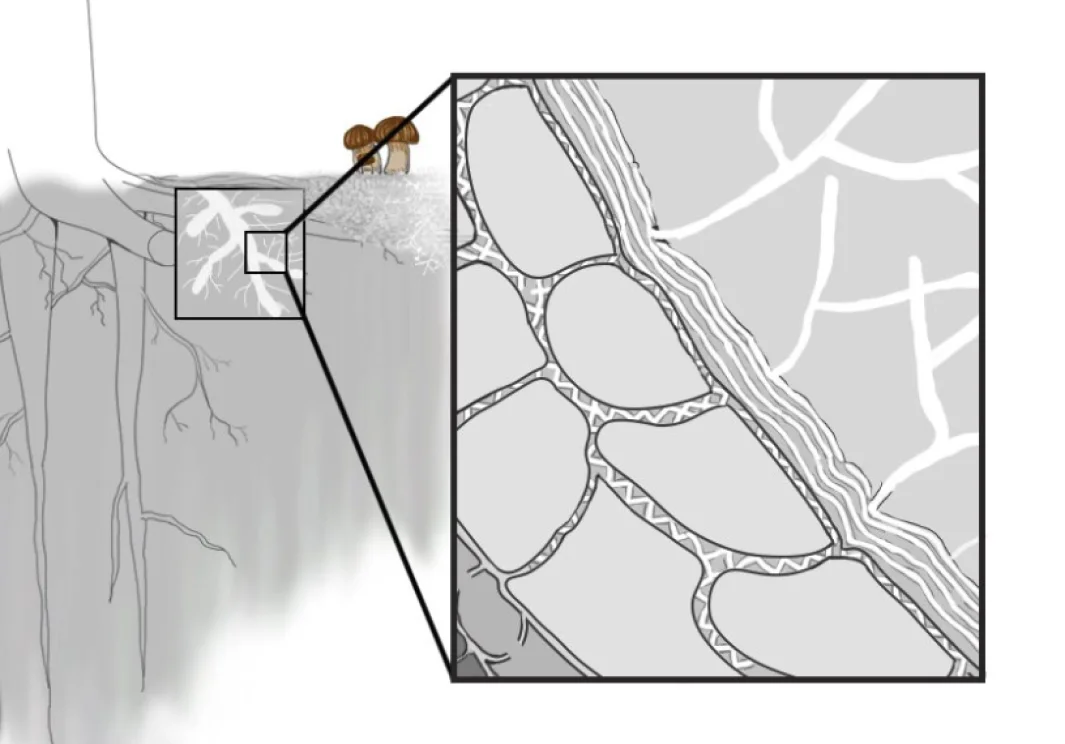
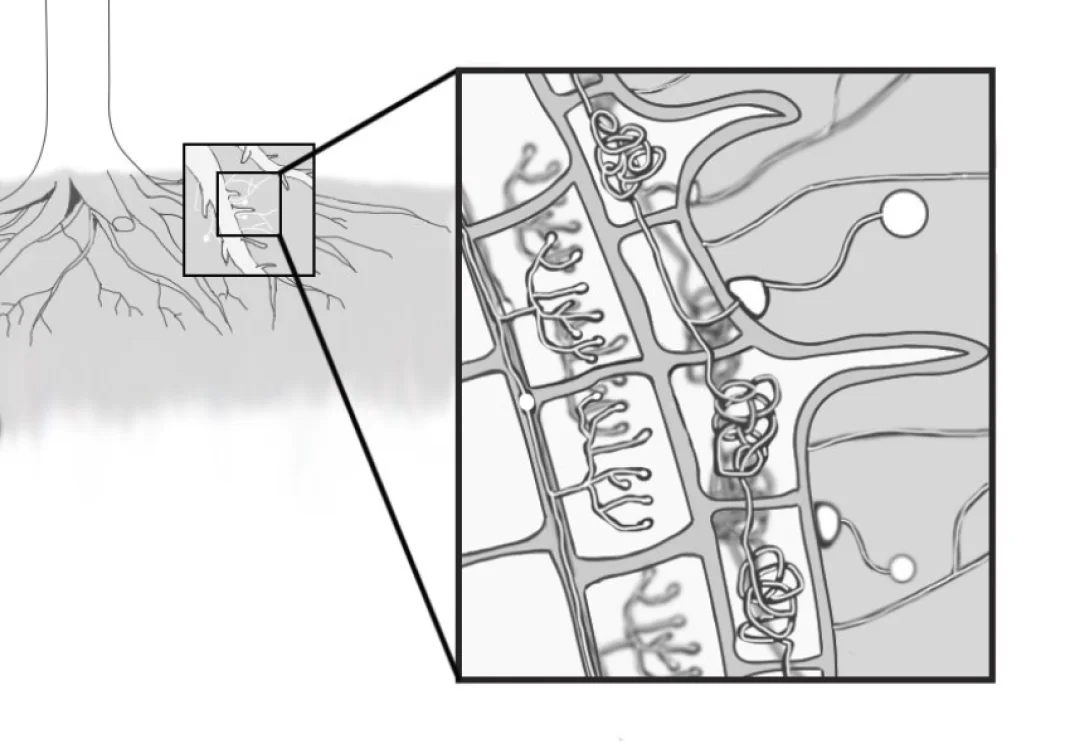
In this way, fungi support the nutrient cycle in forests by returning dead plants to the soil and establishing symbiotic relationships with various plants.
Mushroom-related Initiatives
Suntory is helping to advance fungi research by taking on new mushroom-related activities.
The Dream of Bringing Back Mountain Forests Rich in Mushrooms
Trees that naturally form symbiotic relationships with mushrooms, such as those in the pine, beech, and birch families, can wither and die without those relationships. In other words, even when pine or birch seedlings are planted in the mountains, they cannot thrive in areas where there are no fungi in the soil to form symbiotic relationships with.
For this reason, we are collaborating with Tokyo University of Agriculture to research the development of strong seedlings that can form symbiotic relationships with mushroom fungi. If we can raise seedlings that already have a symbiotic relationship with certain fungi, we may one day be able to restore forests where people can once again enjoy hunting for delicious mushrooms.
Experts involved in this Initiative

Megumi Tanaka
Associate Professor, Tokyo University of Agriculture
Organic Things Connected to Mushrooms
Here are some organic entities in the forest that are important for mushrooms.
Learn about the living things in the Natural Water Sanctuaries
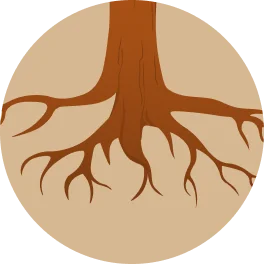

 Home
Home Initiative Policy and Structure
Initiative Policy and Structure Living Things in the Natural Water Sanctuaries
Living Things in the Natural Water Sanctuaries Dedication to Water
Dedication to Water Natural Water Sanctuaries
Natural Water Sanctuaries  Natural Water
Natural Water  Initiative History
Initiative History